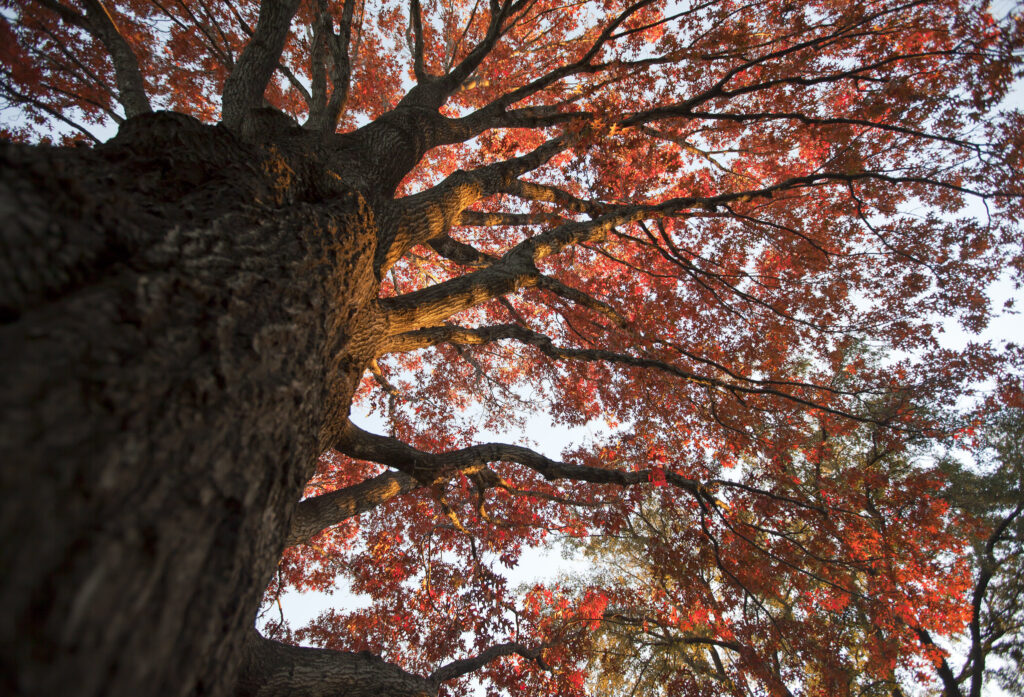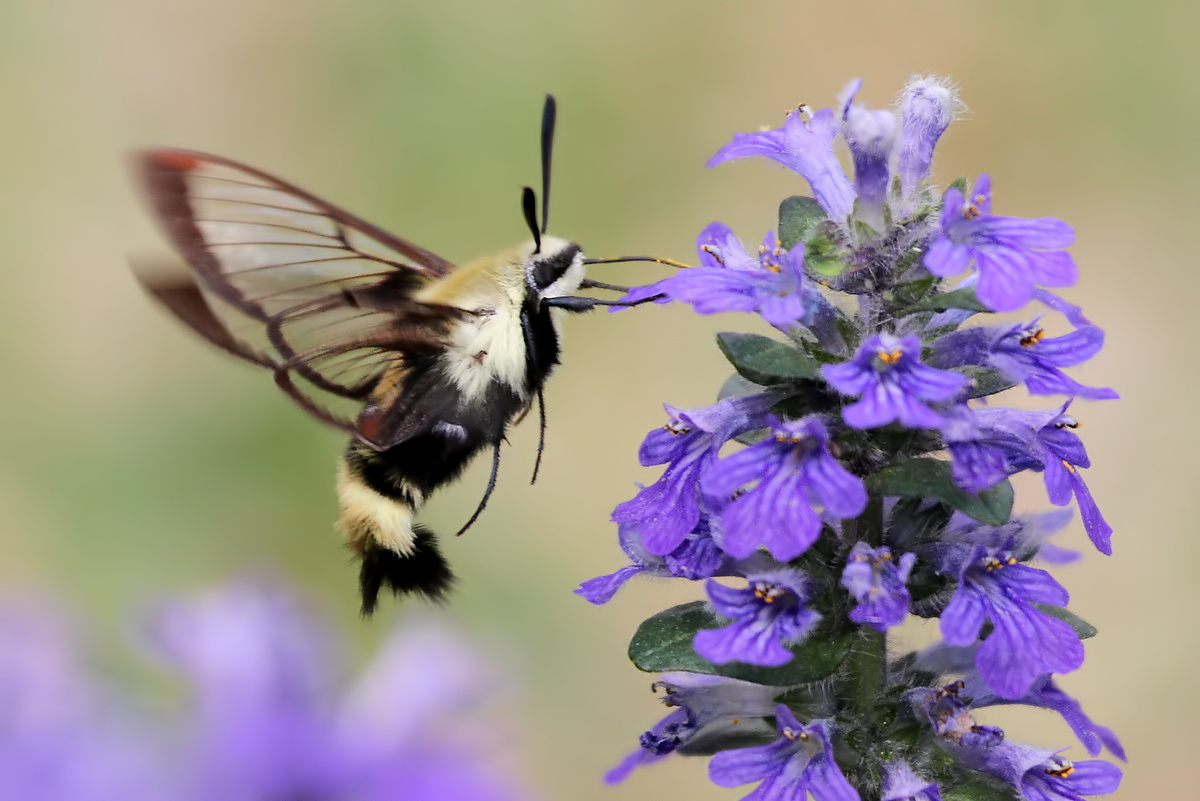In a world filled with towering beeches, charming maples, and stately sycamores, oaks stand tall and proud as some of nature’s most magnificent trees.
These majestic trees offer not only shade and shelter but also a whimsical array of acorns that can rival any autumn treasure trove. Over the last 56 million years, oaks evolved from one species to more than 450 species. Let’s take a journey on the family tree of oaks you can see today.
Imagine stepping into the grandiose reunion of the oak family where every oak species seems to have its own unique personality. They each have distinct bark patterns, leaf shapes, and acorns. Oak species can be generally grouped into the White Oak group and Red Oak group.
There’s the burly Swamp White Oak, Chinkapin Oak, and Bur Oak, which are known for their grand appearance and inviting shade. White Oaks provide food and shelter for more than 4,000 species of animals–more life forms than any other tree in North America. They have light bark which, depending on the tree within the White Oak Group, may appear like shingles. Their leaves generally have rounded lobes.
The Red Oak group includes Red Oaks, Black Oaks, and Pin oaks. Their leaves generally have sharp lobes tipped with bristles. Their medium to dark brown bark is grooved. Red oak acorns tend to have more tannins, making them bitter and less desirable as a snack for wildlife.
Oaks are at the pinnacle of value to wildlife. They are a keystone species on which an entire ecosystem depends. Young pollinating wasps use oak galls for food and protection. Bats use narrow spaces under tree bark as shelter during the day. Birds build nests in holes and branches to raise young. Acorns are an important and popular source of calories for browsing animals like deer and black bears. The features of oaks that support wildlife are endless.
Shifting attention to the charming little nuts of oaks: acorns. Each oak boasts a distinct acorn.
The acorn of the White Oak has a classic look with long smooth sizes and a modest cap. By contrast, the Red Oak’s acorn is a little squatter. Bur oaks have an acorn that is almost entirely covered by a hairy-looking cap!
You can find oak trees in just about any forest in east central Indiana. To see some massive oak trees, Red-tail Land Conservancy recommends visiting Stout Memorial Woodland, about 10 minutes north of New Castle and McVey Memorial Forest near Farmland. Both are forests that are brimming with trees from both the White and Red Oak groups. Directions and trail maps to these nature preserves can be found at www.fortheland.org.
The next time you find yourself beneath the welcoming canopy of an oak tree, take a moment to appreciate the rich tapestry of diversity within the oak family. Each oak species and its accompanying acorns have a unique charm that adds to the beauty of our natural world.
From squirrels and turkeys to moths and people, countless life forms celebrate oak diversity. Oaks and acorns truly remind us that there’s joy in embracing the variety that nature has to offer.
Photo credit: Dean Terry
Kelley V. Phillips is the Communications & Outreach Manager for Red-tail Land Conservancy. She strives to cultivate wonder in nature and action to protect it.




